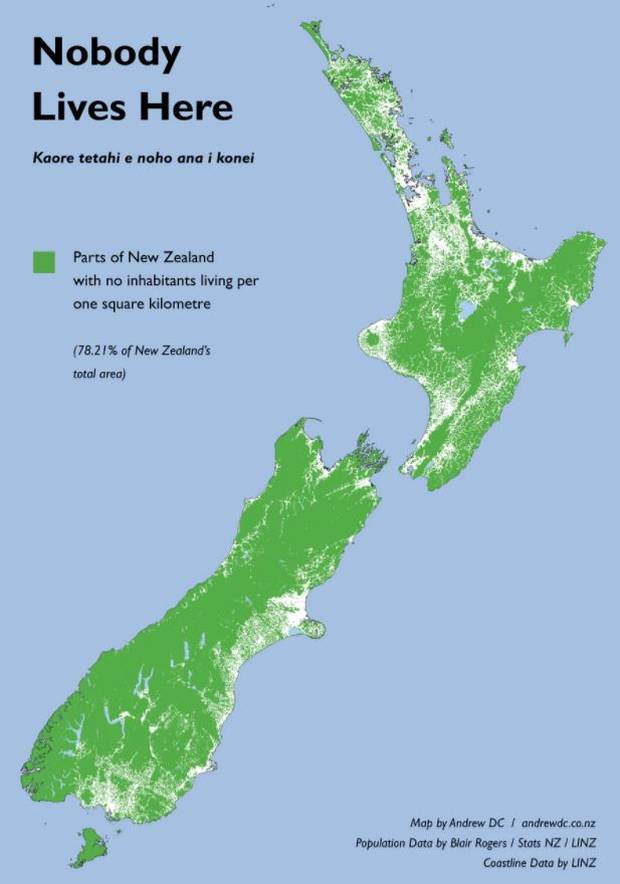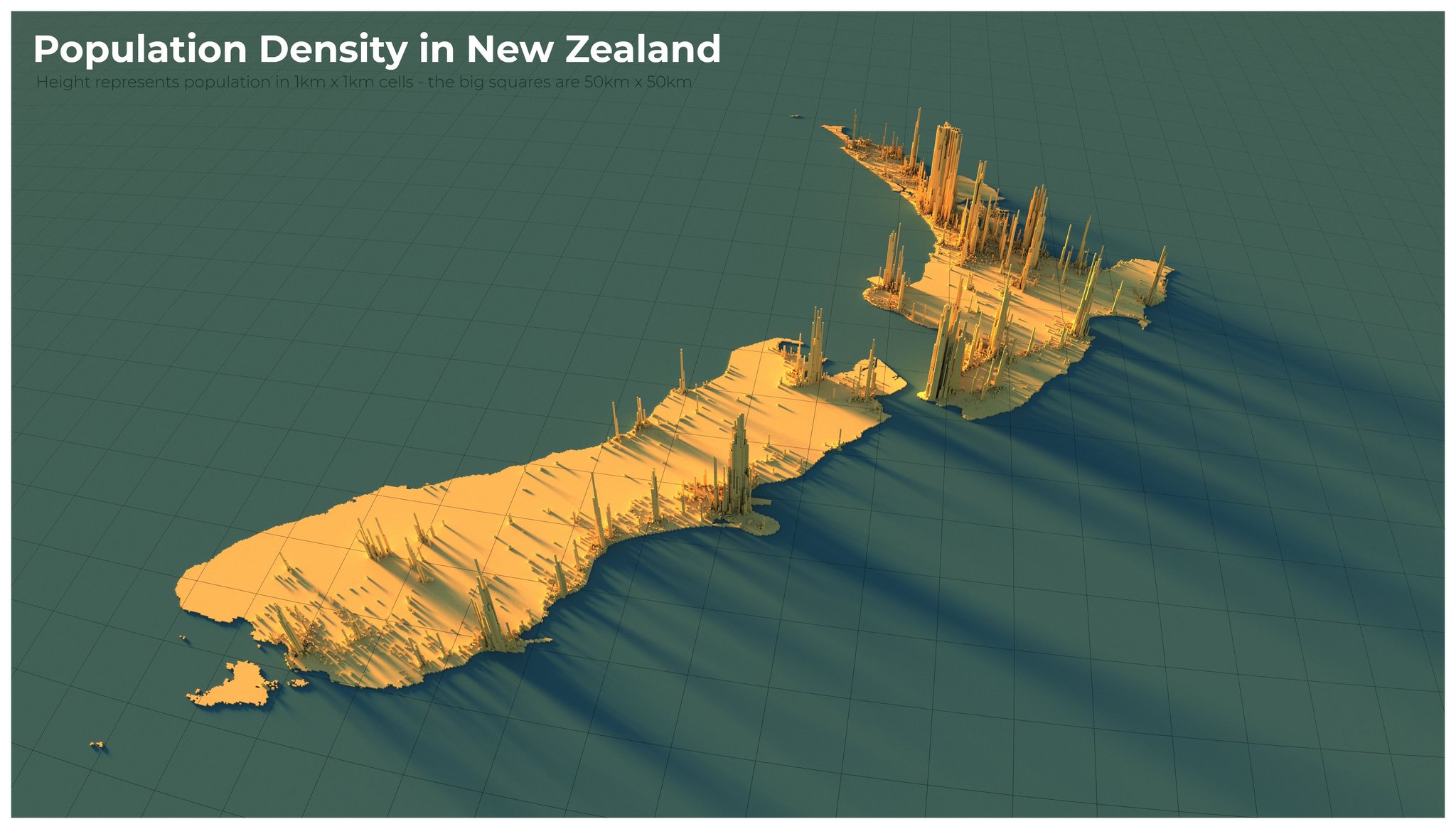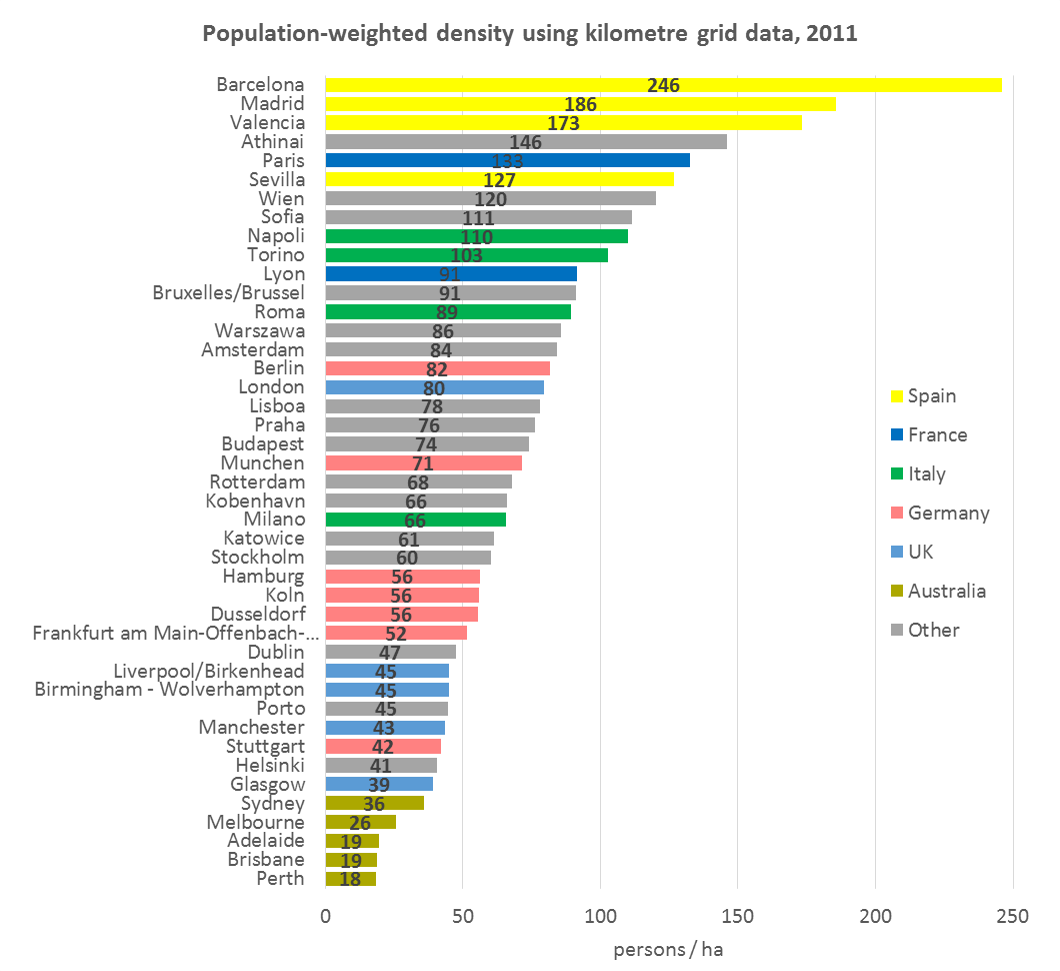What will COVID vaccine trials look like?
There are over 100 potential vaccines being developed, and several are already in preliminary testing in humans. There are three steps to testing a vaccine: showing that it doesn’t have any common, nasty side effects; showing that it raises antibodies; showing that vaccinated people don’t get COVID-19.
The last step is the big one, especially if you want it fast. I knew that in principle, but I was prompted to run the numbers by hearing (from Hilda Bastian) of a Danish trial in 6000 people looking at whether wearing masks reduces infection risk. With 3000 people in each group, and with the no-mask people having a 2% infection rate over two months, and with masks halving the infection rate, the trial would still have more than a 1 in 10 chance of missing the effect. Reality is less favorable: 2% infections is more than 10 times the population percentage of confirmed cases so far in Denmark (more than 50 times the NZ rate), and halving the infection rate seems unreasonably optimistic.
That’s what we’re looking at for a vaccine. We don’t expect perfection, and if a vaccine truly reduces the infection rate by 50% it would be a serious mistake to discard it as useless. But if the control-group infection rate over a couple of months is a high-but-maybe-plausible 0.2% that means 600,000 people in the trial — one of the largest clinical trials in history.
How can that be reduced? If the trial was done somewhere with out-of-control disease transmission, the rate of infection in controls might be 5% and a moderately large trial would be sufficient. But doing a randomised trial in setting like that is hard — and ethically dubious if it’s a developing-world population that won’t be getting a successful vaccine any time soon. If the trial took a couple of years, rather than a couple of months, the infection rate could be 3-4 times lower — but we can’t afford to wait a couple of years.
The other possibility is deliberate infection. If you deliberately exposed trial participants to the coronavirus, you could run a trial with only hundreds of participants, and no more COVID deaths, in total, than a larger trial. But signing people up for deliberate exposure to a potentially deadly infection when half of them are getting placebo is something you don’t want to do without very careful consideration and widespread consultation. I’m fairly far out on the ‘individual consent over paternalism’ end of the bioethics spectrum, and even I’d be a bit worried that consenting to coronavirus infection could be a sign that you weren’t giving free, informed, consent.


